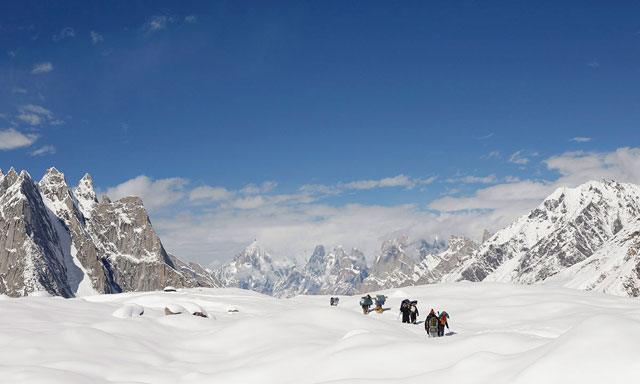Islamabad:
The snowfall in the Hindu mountain range of Kush-Himalaya of Asia have reached a minimum of 23 years, threatening almost two billion people who depend on the thaw for water, scientists warned in a report.
The Kush-Himalaya Hindu range, which extends from Afghanistan to Myanmar, has the largest ice and snow reserves outside the Arctic and Antarctica and is a vital source of fresh water for approximately two billion people.
The researchers found “a significant decrease in seasonal snow in the Hindu Kush Himalaya region, with snow persistence (the time that snow remains on land) 23.6 percent below normal, the lowest in 23 years,” said Integrated Mountain Development Center (ICIMOD).
“This trend, now in its third consecutive year, threatens water safety for almost two billion people,” he said in his Snow Update report. The study also warned of “the possible flows of the lower river, a greater dependence on groundwater and a higher risk of drought.”
Sher Muhammad, the main author of the ICIMOD report, told AFP that “this year the snowfall began at the end of January and remained low in the winter season on average.”
Several countries in the region have already issued drought warnings, with the next harvests and access to water at risk of populations that already face more frequent thermal waves.
The ICIMOD Intergovernmental organization is composed of Afghanistan member countries, Bangladesh, Bután, China, India, Myanmar, Nepal and Pakistan.
He urged countries that depend on the 12 main river basins in the region to develop “better water management, preparation drought, better early warning systems and greater regional cooperation.”




